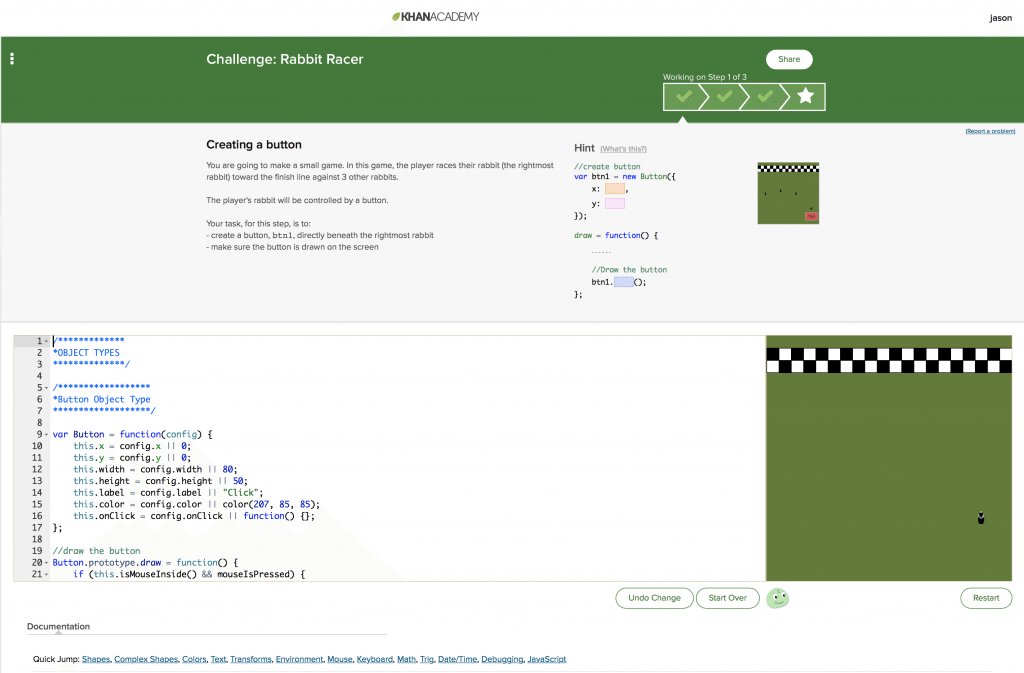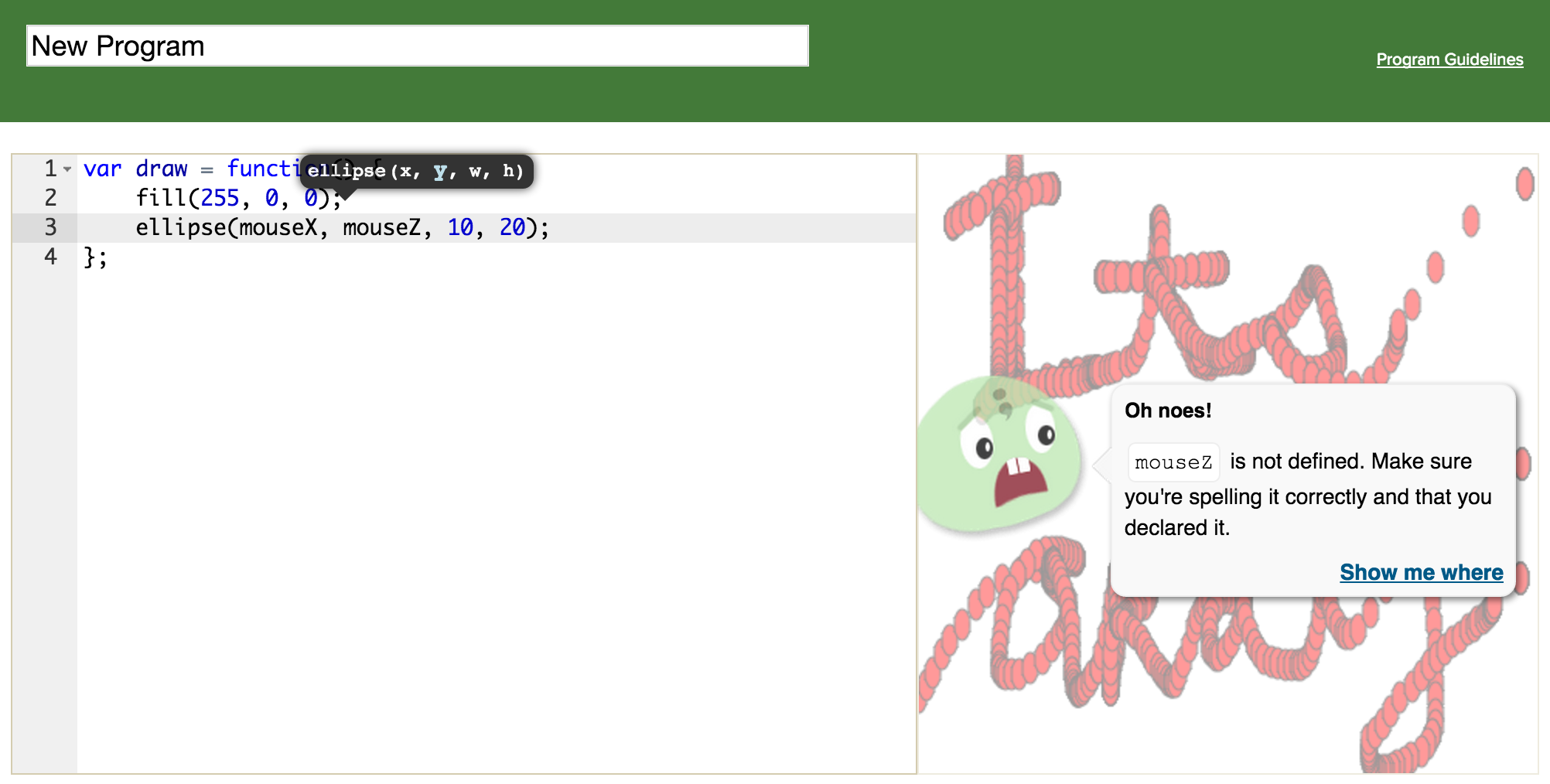

Value for money is one the most important features when it comes to online learning platforms. Khan Academy vs freeCodeCamp Extensive Analysis Results Review articles: These are a great way for students to review what they've just learned, both immediately after learning it and later on as a refresher.See All Coupons of Best Online Learning Platformsįree subscription, Premium subscription, Teams subscription, Enterprise subscription.Many teachers also like to do their own separate evaluation of projects. Those projects are peer evaluated from fellow online students (if the student is 13+). For example, after learning how to make shapes, students do “What’s for Dinner?”, drawing their favorite dinner on a plate using the shape commands. They have a general set of guidelines but students can take them in their own direction. Projects: The projects are our opportunity to give students to be very creative with the concepts they’ve just learnt.When they complete the steps, they earn points and their progress is logged on their activity dashboard. We analyze their code as they type and offer messages to guide them in the right direction, when we see they’ve made a common mistake. Each challenge starts off with some code and has a series of steps with instructions and hint code for each step. Challenges: This is how we assess whether students understand the concept we just taught, and there is one challenge for every talk-through.The talk-throughs have transcripts for deaf students, and are partially translated into Spanish, French, and Portuguese.

The student can pause the talk-through at any point, change the code, and see the new output, which is one way we encourage more interactive learning. We present the code on the left, output on the right, and narrate as we write new code, while the output updates live. Like Khan’s videos, they’re around 5 minutes long and teach one concept at a time.

Talk-throughs: These are our approach to videos, the way that we teach new concepts.


 0 kommentar(er)
0 kommentar(er)
